Blog Posts Tagged Acoustics Module
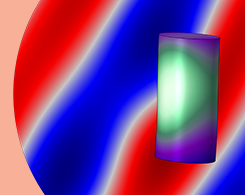
Introduction to Modeling Acoustic-Structure Interactions in COMSOL®
To model an ASI problem, you need to account for the behavior of elastic waves in solids, pressure waves in fluids, and their interaction. The COMSOL® software includes interfaces for doing so.

Analyzing Topology Optimization of a Photoacoustic Spectroscopy Cell
Signals generated via photoacoustic spectroscopy are often weak and difficult to detect. Acoustic cells can be used to amplify the signal, but they need to be designed with sensitivity in mind.
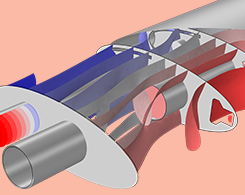
Using the Port Boundary Condition in Acoustic Waveguide Models
By combining several Port boundary conditions, you can easily compute the transmission and insertion loss in exhaust and muffler systems. See more benefits of this feature for acoustics modeling.
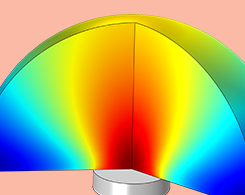
Fine-Tuning the Design of Piezoelectric Transducers with Simulation
A variety of use cases and a variety of physics: Piezoelectric transducer designs need to account for electric currents, pressure acoustics, stress-strain, and acoustic-structure interaction.

Defying Gravity with a Realistic Acoustic Levitator Model
It’s not just science fiction: Objects really can levitate. 1 way this is possible is by using sound waves to lift and suspend particles midair. Simulation can broaden the use of this technology.

How to Model Fundamental Sources in Enclosed Spaces
How do Archimedes, a gold crown, and a bathtub relate to acoustics modeling? Find out in this blog post on modeling fundamental sources in enclosed spaces that will have you shouting “eureka!”
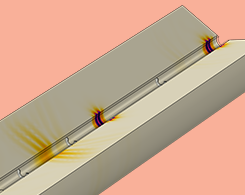
How to Model Piezoelectric Devices as Both Transmitters and Receivers
Certain types of transducers can act as both transmitters and receivers. We demonstrate how to use 2 features for modeling this type of piezoelectric device.
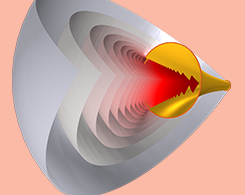
Simulating Nonlinear Sound Propagation in an Acoustic Horn
The Westervelt model enables you to perform complex acoustics analyses, such as modeling the propagation of nonlinear acoustic waves generated by an exponential horn.
